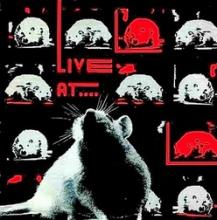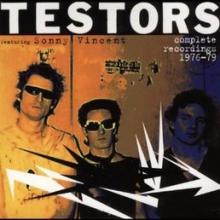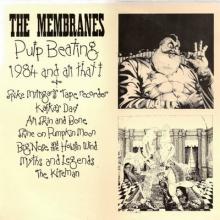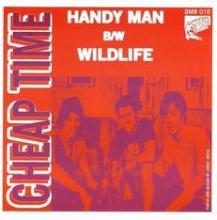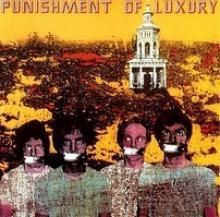Classic Compilations: Live at the Rat
Willie 'Loco' Alexander – This gentleman, outside of Boston at least, is probably better known for replacing Lou Reed in the Velvet Underground as the band was going to pot being led by the Yule brothers. So, it might not even count as the Velvets. No one was left, just ringers. Either way, the reason Alexander got a shot at the big time was his time the group anthologized here. At points, it’s not difficult to hear subtle similarities between his voice and Reeds. But not enough to warrant one replacing the other. Beyond that, though, the music the Boom Boom Band works up as backing doesn’t get too far past hard rock ala Aerosmith. And no, it’s no a coincidence that both bands hail from the same joint. Not at all. Either way, Alexander opening Live at the Rat, despite the song being about the venue, doesn’t make for a good start.
The Real Kids – It’s really a toss up as to whether these folks better represent what was turning into a punk scene up there on Boston or DMZ. There’s not a real answer. But the Real Kids were able to work up a more pop oriented racket while still referencing that band Alexander would eventually find himself. The two tracks contributed here are kinda lengthy considering the pop overtones. Of course, repetitive melodies and rhythms were basically what the Velvets trucked in, so it shouldn’t be that great of a surprise. Either way "Better Be Good" ranks up there with the finest moments from the Ramones catalog. That same sneer’s at work. Boss sounds.
DMZ – Yes, this band preceded the Lyres. But it sounds as if both the tracks here were latter included on the Bomp! compilation called Live at the Rat: 1976-1993. Yeah, that might be obvious, but if DMZ winds up being the reason you’re trying to cop this joint, that’s something necessary to know. Whatever, the two contributions here are short and out of control. Punk in it’s fetal-pop stages.
